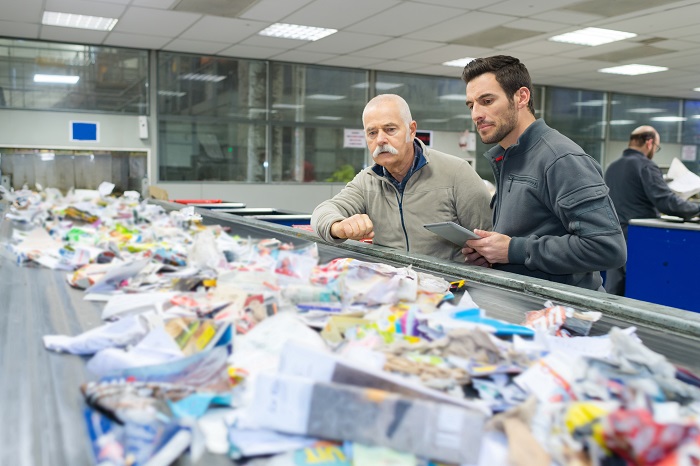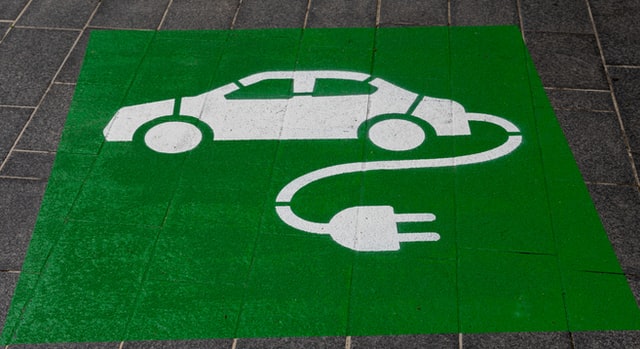
Recycling involves taking certain items, breaking them down, and turning them into something that can be used again. Although most people understand how important recycling is for the environment, many of them may have never thought about what happens after their recyclables leave their driveways.
In this article, you’ll learn about the processes that different types of materials go through inside recycling plants.
- Recyclables Are Collected And Delivered To Recycling Plants
Every city has different recycling collection rules and guidelines. Some may have drop-off centers, while others may have curbside collection policies. Some skip bin hire companies like CobraWaste.com.au may also have waste recycling facilities that can process a wide range of waste types.
- Recyclables Are Sorted According to Material Type
When garbage is brought to the recycling plant, they’re grouped according to the labels on the waste bins. The items from the waste bins are poured onto large machines where they’re sorted according to material types, such as paper, glass, aluminum or other metals, and plastics.
Recycling plants use either the single-stream method or the double stream method. In the single-stream method, the items are separated in the first stage before they’re rolled by conveyor belts. The separation process isn’t needed in the double stream method as the items are separated by the conveyor system itself. Conveyor belts then lead the items to the machines designed to recycle them.

- Recyclables Undergo Preliminary Processing
Here are the common ways recycling plants process recyclables:
- Paper: The first step in recycling paper is removing the ink or dye printed or written on the paper. Usually, this part of the recycling process is done by a paper mill. What a recycling center does is it bales up all the paper products among its collections. It then ships these paper products to a paper mill.
- Glass: The glass sorted from the mass of collected recyclables is placed on a separate conveyor belt, which rolls the materials into a drum. Once inside the drum, the glass materials are shattered into smaller pieces of a pre-set size. Colored glass materials can’t be lumped with the clear glass materials during the melting part of the process—which is why there are usually workers or robotic arms with camera systems to sort the smaller pieces of glass and group them according to color.
- Aluminum: Aluminum items are fed into shredding machines. These shredders will cut the waste aluminum into smaller pieces so they can be melted easily. The melted aluminum is then poured into molds.
- Plastic: Plastic recyclables are sorted manually by workers who inspect each waste plastic item and then sort them. The more modern recycling plants with advanced equipment use infrared sensors.
It’s important to note that not all materials can be processed by recycling plants. For example, there are plastics—such as Styrofoam—which aren’t worth recycling. The structure of Styrofoam changes when it’s melted, so the cost of recycling is a lot more than the value of the item produced by the process.
- Processed Goods Are Purchased By Manufacturers
After being processed by recycling plants, some products may already be sold just like raw materials to manufacturers. Others may still have to undergo further processing by specialized plants or mills. Here’s what happens to some of the common waste materials:
- Paper: After the recycling plant turns over the processed paper products to a paper mill, these products are soaked in hot water. This process breaks down the paper items into pulp. In the first filtering stage, the pulp is run through a de-inking process using an aerated tank that sprinkles water and surfactants on the pulp to remove the ink. Since inks are lighter than water, they’ll rise to the surface of the solution. The purified pulp is then removed and can now be used to create new paper products.
- Glass: After being separated and sorted by color, the glass pieces are further smashed into smaller pieces. The fine glass resulting from this stage is called a glass cullet. When melted at a low temperature, this material can now be used to create new glass items.
- Aluminum: The molds produced by recycling plants are then sent to manufacturing plants which will cut the molds into aluminum sheets. Aluminum sheets are used to make cans for beer, soda, or other beverages. They can also be used to make small items like aluminum foil and even license plates.
- Plastic: Some plastics have to be brought to specialty plants. They can’t just be melted right away because they release a lot of toxins that are harmful to humans and the environment. They’d have to be turned into powder before they can be reused.
Conclusion
Recycling is an essential part of waste management and sustainability efforts—and the process starts with you. Take note of what materials can and cannot be recycled, and segregate your waste products properly to avoid contamination. More importantly, before sending off your recyclables, ensure you’re working with a recycling facility that complies with industry and government regulations.



